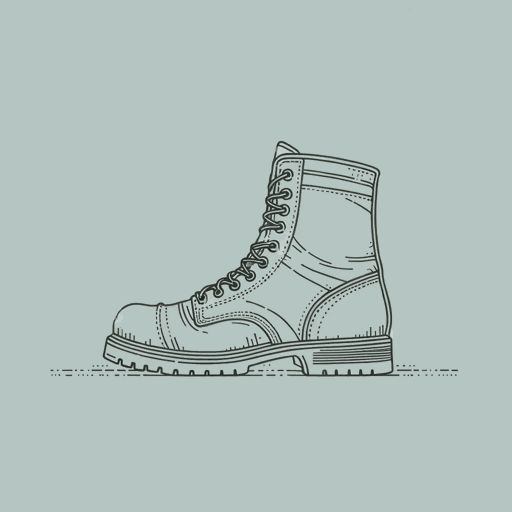86 pages • 2 hours read
Esther HautzigThe Endless Steppe
Nonfiction | Autobiography / Memoir | YA | Published in 1968A modern alternative to SparkNotes and CliffsNotes, SuperSummary offers high-quality Study Guides with detailed chapter summaries and analysis of major themes, characters, and more. For select classroom titles, we also provide Teaching Guides with discussion and quiz questions to prompt student engagement.
Themes
Human Connection Across Class and Racial Barriers
The context of The Endless Steppe is a world divided by class and racial barriers. Under the Communist regime, Esther and her family are labeled capitalists and class enemies. As Jewish people, the Rudomins also face anti-Semitism and grapple with the loss of their extended family to the Holocaust.
However, The Endless Steppe constantly undermines these divisions. Esther’s understanding of classes, and her own place among them, points out how illogical it is for a child to be exiled as a capitalist. Esther wonders what a capitalist is, and on the cattle cars, she studies the other passengers in an attempt to figure out “the secret of [her] own villainy” (23). She decides that, among the group at the mine, “the only genuine capitalist there, from a Soviet point of view, was [her] father” (45). When the deportees are later granted amnesty, Esther “[hopes] that all of us capitalists would be on our best behavior from now on” (75). This statement demonstrates Esther’s innocence and adds an almost comical note to the idea that the Rudomins should be exiled as criminals.
Similarly, Esther is bewildered by the anti-Semitism she encounters. She wonders why one of her teachers hates her so much, and upon her return to Poland, she is shocked and frightened by the hateful slurs screamed at the returning deportees.

